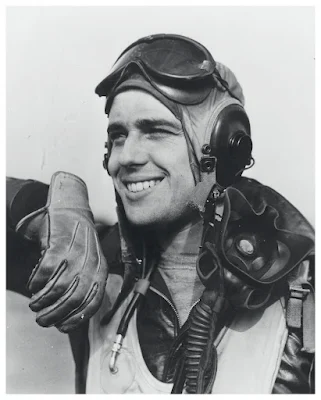 |
| Sky Bouncer, flown by Jared M. Lundin, crash-landed after an engine failure on takeoff at Cambron-Casteau, Belgium, 3 April 1945. The airplane was destroyed. |
 |
| Lieutenant Francis T. Glankler, U.S. Army Air Corps. |
 |
| Wreck of North American Aviation P-51B-15-NA 42-106881, Suzy G, in a farm field, Essex England. |
 |
| North American Aviation P-51 Mustangs, “The Bottisham Four,” 26 July 1944. |
 |
| North American Aviation P-51 Mustangs, “The Bottisham Four,” 26 July 1944. |
 |
| North American Aviation P-51 Mustangs, “The Bottisham Four,” 26 July 1944. |
 |
| North American Aviation P-51 Mustangs, “The Bottisham Four,” 26 July 1944. |
 |
| North American Aviation P-51 Mustangs, “The Bottisham Four,” 26 July 1944. |
 |
| North American Aviation P-51 Mustangs, “The Bottisham Four,” 26 July 1944. |
 |
| North American Aviation P-51 Mustangs, “The Bottisham Four,” 26 July 1944. |
 |
| North American Aviation P-51 Mustangs, “The Bottisham Four,” 26 July 1944. |
 |
| Col. Christian photographed standing in front of Lou IV. |
 |
| Colonel Thomas Jonathan Jackson (“Jack”) Christian, Jr., U.S. Army Air Corps. |
 |
| Memorial to Col. Thomas J. J. Christian, 361st Fighter Group Commander, Boisleux au Mont, France. It was around this area Christian's P-51 Mustang crashed 12th August 1944. |
 |
| Ben Drew gets helped aboard his Mustang by his crew chief. |
 |
| Ben Drew with his assigned North American P-51D Mustang "Detroit Miss". |
 |
| P-51 Mustang coded E2-D serial number 44-14164 nicknamed "Detroit Miss" of the 361st Fighter Group at Little Walden. |
 |
| Lieutenants Ben Drew, Bill Kemp and Leonard Wood in a publicity shot after the dogfight over the Luftwaffe aerodrome at Chartres. |
 |
| Official Air Force photo of Ben taken just after the October 7, 1944 mission when he became the first USAAF pilot to shoot down two Me 262 jet fighters. |
 |
| Lieutenant Urban Drew (seated on the left) and three fellow pilots of the 375th Fighter Squadron, 361st Fighter Group sit inside the back of a crew bus at Bottisham, 1944. |
 |
| P-51D-5-NA Mustang 44-13926, E2-S, assigned to another pilot but flown on this day by Lieutenant Urban L. (“Ben”) Drew. |
 |
| P-51-D-5-NA Mustang 44-13568, E2-A, Sky Bouncer, flown by Captain Bruce W. (“Red”) Rowlett, U.S. Army Air Corps, Operations Officer, 375th Fighter Squadron. |










No comments:
Post a Comment